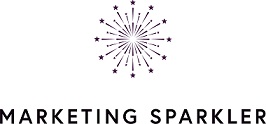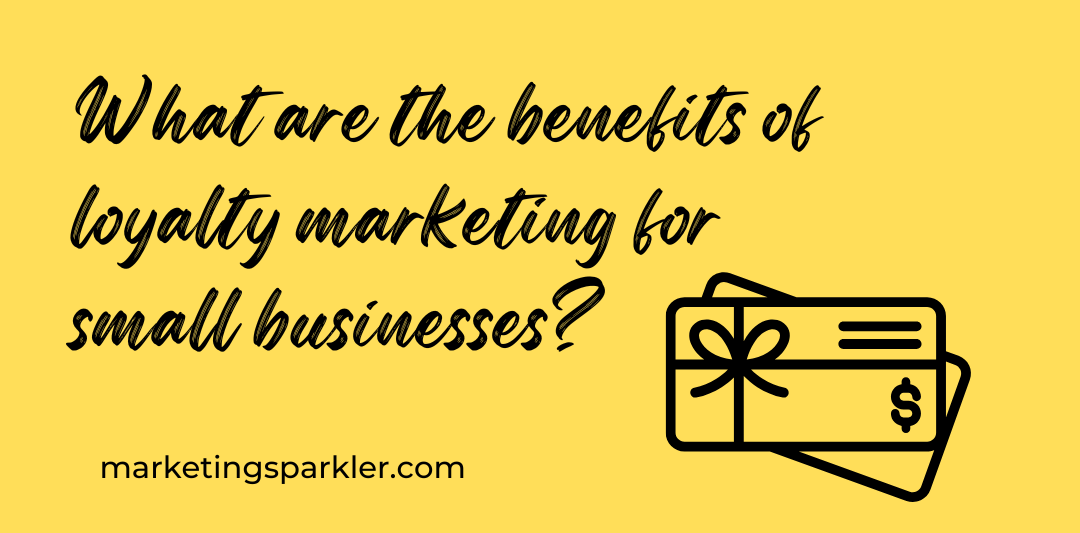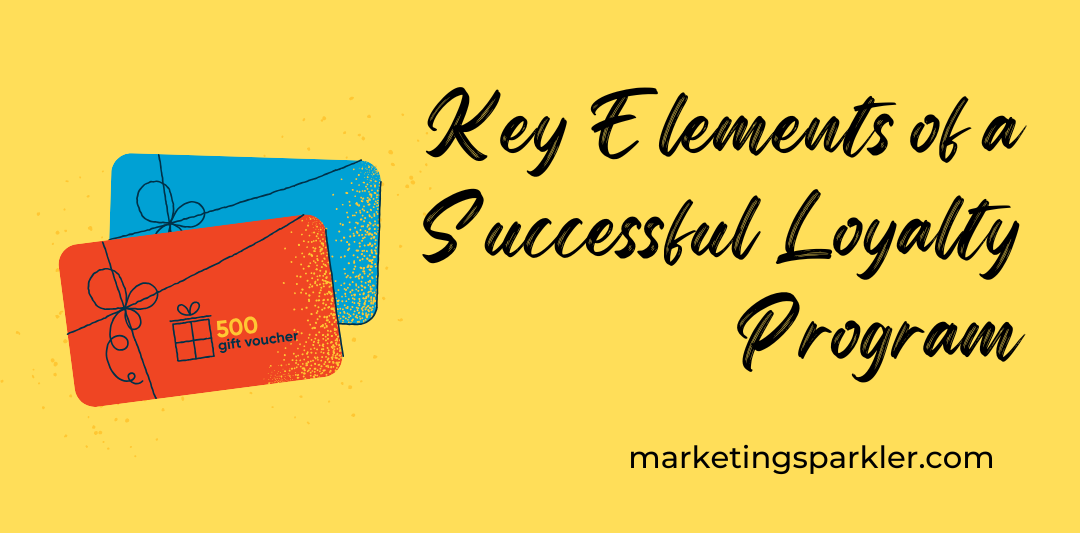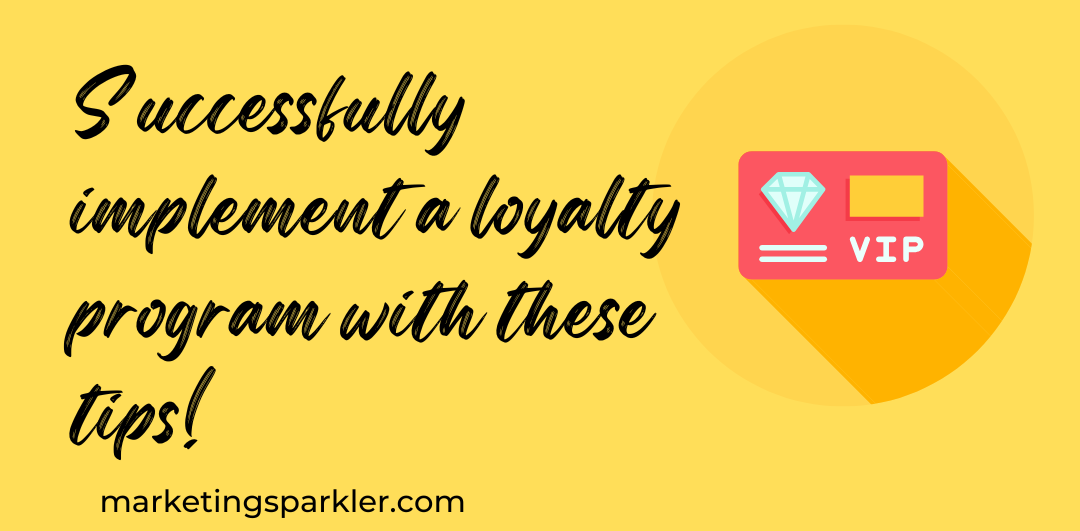Loyalty marketing has become a powerful tool for businesses seeking to build lasting customer relationships. In a marketplace brimming with choices, client loyalty programs can offer that crucial competitive edge by strengthening customer bonds and encouraging repeat business.
Loyalty marketing is about more than just rewards — it’s about creating an emotional connection that keeps buyers coming back for more. Explore what loyalty marketing is, why it’s valuable for small businesses and how you can effectively implement it to create unbreakable customer bonds.
The Power of Loyalty Marketing in Creating Unbreakable Customer Bonds
What Is Loyalty Marketing?
Loyalty marketing is a strategy that rewards patrons for continued brand engagement. It can take many forms, from traditional points-based systems to exclusive access to products and services. The ultimate goal is to incentivize repeat purchases and enhance customer satisfaction, making buyers feel valued and connected to your brand.
While many may associate loyalty marketing with large corporations, small businesses have just as much to gain from it — if not more. With loyalty marketing, you can leverage a personalized approach to engage with your customers on a deeper level, differentiating your brand from competitors.
The Value of Customer Loyalty
Customer loyalty is the lifeblood of small businesses. When clients feel valued, they’re more likely to return, advocate for your brand and even overlook competitors. Loyal shoppers are also inclined to spend more, providing a stable revenue stream.
Acquiring a new customer can cost five to seven times more than retaining an existing one. Investing in loyalty marketing can reduce client acquisition costs over time, which is especially important for small enterprises with limited budgets. Moreover, loyal customers are more likely to refer your business to others, helping you grow your shopper base organically.
Benefits of Loyalty Marketing for Small Businesses
Here’s how loyalty marketing can offer significant advantages for small businesses:
Cost Effective Growth
Loyalty marketing enables small enterprises to make the most of their marketing budgets while maximizing their existing customer base.
Many businesses are already spending much of their monthly marketing budget to attract new customers — for example, research shows that SEO costs $1,500 to $5,000 a month for most businesses. However, once a new lead is turned into a customer, how can businesses make sure this investment continues to pay dividends?
That’s where loyalty marketing comes in, keeping customers engaged and encouraging repeat purchases. By reducing the need for constant customer acquisition, businesses can enjoy more stable profits along with enhanced brand loyalty to ensure their marketing investments pay off over the long term.
Enhanced Customer Relationships
Loyalty programs provide an excellent platform for engaging with customers and understanding their preferences. By collecting data on shopper habits, you can tailor your offerings to their needs, increasing satisfaction and fostering a deeper connection. For instance, a cafe could offer specialty drinks to regular patrons, creating a sense of exclusivity and appreciation.
Increased Customer Lifetime Value (CLV)
By encouraging repeat business, loyalty marketing directly impacts CLV — a critical metric for any business. CLV estimates the overall profit a business can expect from a single client throughout their relationship with the brand. It’s calculated by multiplying the average purchase value, purchase frequency and customer life span.
Say a client spends an average of $50 per purchase, shops four times a year and remains a customer for five years — their CLV would be $1,000. This metric helps businesses understand the long-term value of acquiring and retaining buyers, enabling informed decisions about marketing investments.
Increasing CLV through loyalty marketing can help companies enhance profitability and ensure sustainable growth.
Differentiation in a Crowded Market
In today’s digital age, customers have countless options. A well-executed loyalty program can distinguish your brand from the competition, providing value that extends beyond just products or services.
Consider a local boutique offering a loyalty initiative that includes early access to new collections. This level of personal touch and added value can make patrons feel like VIPs and build brand loyalty.
Key Elements of a Successful Loyalty Program
To establish a loyalty campaign that resonates with your clients, you’ll want to focus on these critical elements:
Simplicity and Accessibility
Your loyalty program should be easy to understand and participate in. Avoid overly complex rules that might deter buyers from engaging. Whether you choose a points-based system or a membership tier, ensure customers can easily track their rewards and know how they can benefit.
Personalization
Tailoring your loyalty program to your customers’ preferences can make a significant impact. For example, a bookstore might offer discounts on genres a particular buyer frequently purchases. Making your loyalty marketing strategy feel personalized can show customers you value their individuality and genuinely appreciate their business.
Exclusivity
People love feeling like they’re part of something special. Offering exclusive rewards, such as members-only sales or sneak peeks of new products, can strengthen the emotional connection between your brand and customers. The feeling of exclusivity creates a sense of belonging, which can be incredibly powerful in fostering loyalty.
Consistent Communication
Regularly updating shoppers on their loyalty status, upcoming rewards or exclusive deals can keep your program at the forefront of their minds. Email newsletters, mobile notifications, and even in-store signage can remind customers of their loyalty benefits and encourage continued engagement.
Feedback Mechanism
Customer feedback is invaluable for refining your loyalty marketing efforts. Regularly seek out feedback to understand what’s working and what isn’t. Whether it’s through surveys or direct client conversations, use this feedback to make necessary adjustments and enhance your program’s effectiveness.
Examples of Effective Loyalty Marketing Strategies
To inspire your loyalty marketing plans, consider these examples:
Coffee Shops With Punch Cards
Many local coffee shops use simple punch cards, where patrons earn a free coffee after a certain number of purchases. This straightforward system is easy for customers to understand and creates an incentive to return.
Beauty Brands Offering Birthday Rewards
Brands like Sephora offer free birthday gifts to loyalty members. This personalized approach builds goodwill and makes customers feel appreciated on a personal level.
Membership Tiers With Increasing Benefits
Companies like REI and Costco use membership models where customers pay once for a lifetime membership or an annual fee to access exclusive deals and perks. This model can create a strong sense of community and belonging.
Implementing a Loyalty Program: Tips for Success
Here are some effective strategies to help you successfully implement a loyalty campaign that resonates with your customers and drives lasting engagement:
Set Clear Goals
Before launching your loyalty program, determine what you want to achieve. Are you looking to increase repeat purchases, enhance buyer satisfaction or drive referrals? Clear objectives will help you design an initiative that meets your needs.
Analyze Customer Data
Use your existing client data to tailor your efforts effectively. Analyze purchase history, preferences and feedback to identify which rewards resonate most with your audience. By making data-driven decisions, you can ensure your loyalty program aligns with your customers’ desires.
Start Small and Scale Gradually
Begin with a simple loyalty initiative and expand it as you gather feedback and assess its success. Small businesses often benefit from a phased approach, as it allows you to refine the campaign and build upon its success over time.
Promote the Program Across All Channels
Ensure customers are aware of your loyalty marketing plans by promoting them across various platforms, including your website, social media and in-store displays. Consistent promotion will help maximize participation and keep your program top of mind.
The Future of Loyalty Marketing for Small Businesses
Loyalty marketing offers small businesses a unique opportunity to connect with customers on a deeper level. As buyer expectations evolve, loyalty programs must adapt to stay relevant.
By embracing technology, leveraging data insights and maintaining a customer-centric approach, your loyalty marketing efforts can create unbreakable bonds with your clients. Ultimately, it’s about delivering value and making consumers feel appreciated — a surefire way to build lasting relationships that benefit both your patrons and your bottom line. Win-win!
Ciao,
Miss Kemya





